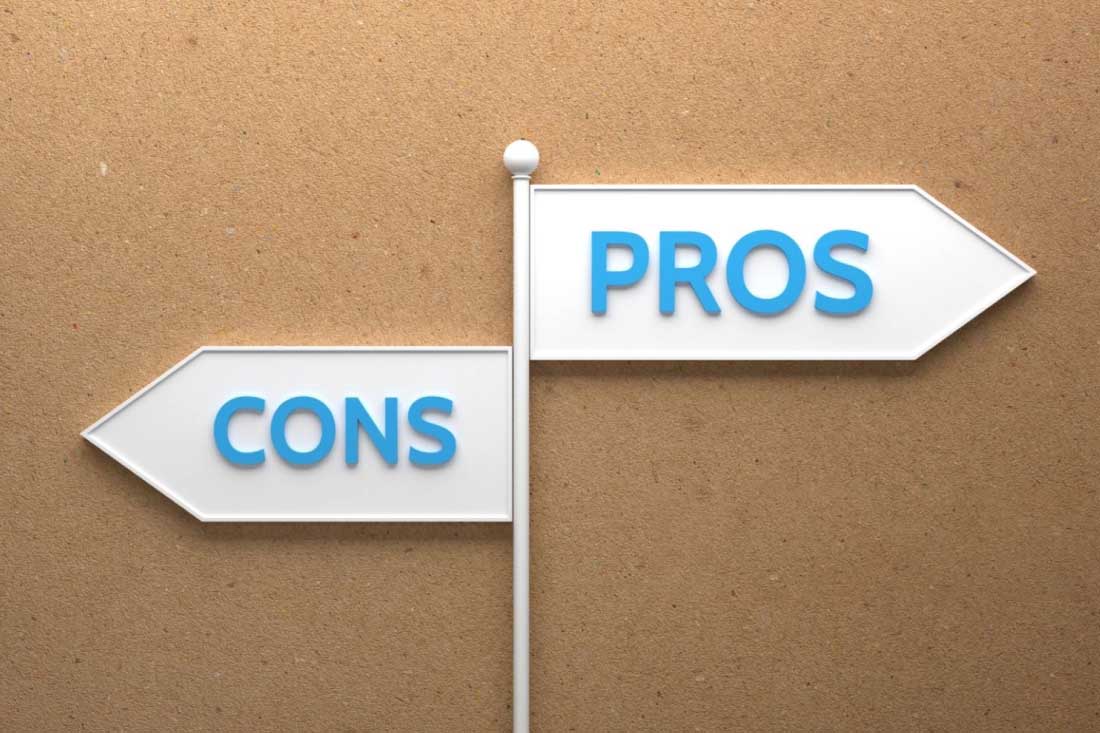Originally published in Forbes on Sep 15, 2021, as Forbes Technology Council Post
In today’s always-on digital world, it’s all too easy to get distracted by technology, whether it’s the ping of a text message interrupting dinner or the flash of a calendar reminder in the midst of a darkened movie theater (remember those?). I know I’m certainly guilty of responding to — and probably causing — increased digital distractions these days, and I’m not the only one.
In an effort to improve individual focus and productivity, Apple announced a new feature in its iOS 15 updates, called Focus. Focus is touted as a control option for iPhone users that lets them customize how they want to be notified about incoming calls, texts, or updates from apps. Users can configure their notifications to help them reduce distractions so they can be more present in the moment.
Though geared toward consumers, I believe Apple’s feature raises a broader question for enterprise organizations and leaders worldwide. That is: How can we help employees improve focus, and ultimately productivity, in an increasingly noisy digital workplace? And what are the implications for how we invest in technology and organizational design?
It’s Not As Simple As A Single Feature
The growing adoption of a work-from-anywhere business model provides more flexibility than ever before. But with this newfound flexibility also comes challenges that threaten our ability to stay focused and productive in new environments.
Countless studies and articles have highlighted the growing volume of workplace distractions and offered tips on how to reduce or prevent them. But these tips only scratch the surface of what could be possible if we looked at workforce productivity differently.
Understanding what hinders employees from being productive at work starts by gaining greater visibility into how employees work. Digital distractions aren’t just isolated events; they create a ripple effect that can have a serious cumulative impact on other tasks and team members. That ripple effect only becomes fully evident when you can zoom out to see larger trends and patterns.
Unfortunately, many leaders aren’t able to see and understand the bigger picture, nor are they actively engaging employees as productivity partners and stakeholders to help shape it.
Progress Takes A Progressive Mindset
You might be thinking that organizations have been monitoring and analyzing workplace activity to find productivity gains for years with very little to show for it. What’s so different now? I believe what’s different is the kind of productivity data that’s captured and the new critical role of employees in understanding and putting it to use.
Consider what we monitor in our own lives — exercise, sleep, blood pressure — all in the spirit of learning, self-discovery, and improvement.
Engaging teams in the process of improving their own alignment and productivity can make change happen quickly — and have a greater impact, personally and professionally. That requires data that is meaningful to the employee, as well as the organization they work for, and a means for capturing and sharing that data that is accurate and unbiased.
Working hours on weekends may or may not be a good sign, depending on whether you’re a parent who is home-schooling during the week or a new employee who is struggling to understand their new role.
When it comes to technology, workforce analytics solutions should be adaptable to the needs and priorities of each organization, team, and/or individual, such that what may be relevant and “productive” for one group may not be relevant or productive for another. This necessitates employees and managers to work together to define, revisit and refine what productivity means to them. It will also take training and a healthy dose of trial and error.
More relevant insights can also help leaders optimize the organizational design for things such as team formations, lines of reporting, decision-making procedures, communication channels, and more. As with any relationship, transparency and communication are key to success.
While Apple’s Focus feature seems to have been well received by consumers, productivity management solutions must earn employee trust. Employees must see and believe that today’s productivity management solutions are productivity enablers designed to make their work-life balance increasingly better, while also fulfilling the needs and goals of the business as they evolve over time.
It’s going to take us leaders to embrace new tools and ways of thinking that unlock human potential beyond the tedious tasks of digital work and drive results through creativity, conversation, process change, and collaboration.
About ActivTrak
ActivTrak’s workforce analytics provide predictive insights that help leaders, managers, and employees build trust, deepen engagement and boost productivity in the modern, hybrid workplace. This work is supported by the ActivTrak Productivity Lab, a global center for ground-breaking research and expertise that leverages data sourced from more than 9,500 customers and over 550,000 users. Based in Austin, Texas, ActivTrak is backed by Sapphire Ventures and Elsewhere Partners and is led by a seasoned team of software industry veterans. To learn more visit: https://www.activtrak.com/.





